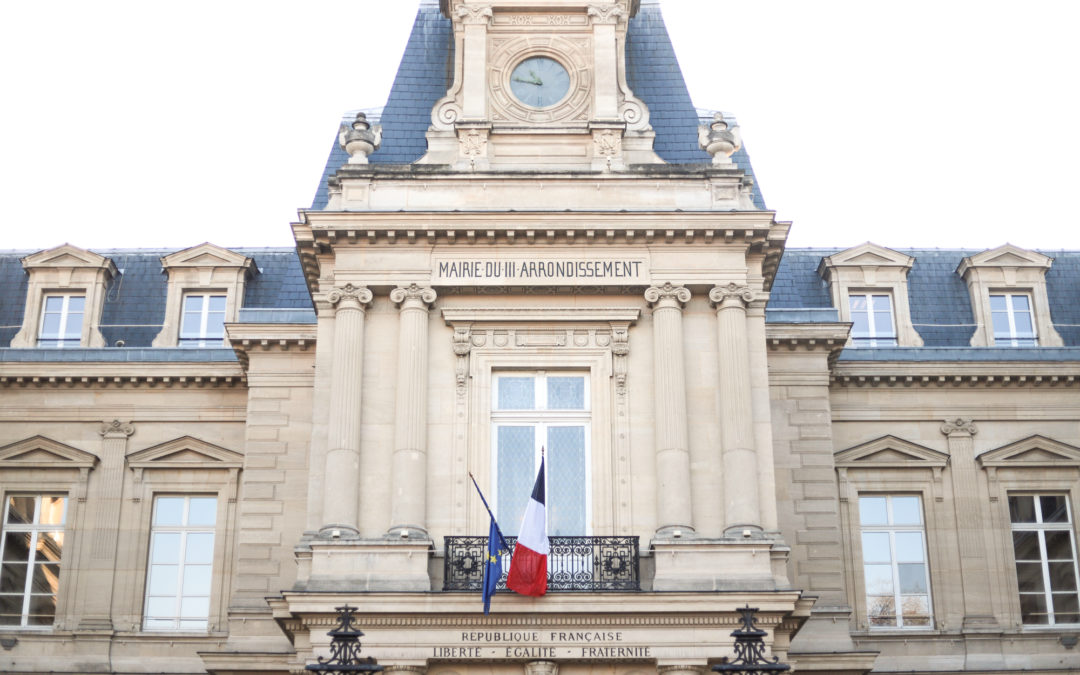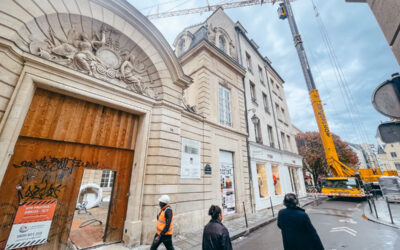All traces of his presence have been erased, but Louis XVI (executed on January 21, 1793, exactly 226 years ago today) spent the last days of his life in Le Marais. More precisely in the sinister dungeon of the Temple, an integral part of the Temple enclosure, built by the Templars under Saint-Louis from 1240.
Completely destroyed, it was located roughly on the site of the current Square du Temple while the robust medieval keep, impressive with its fifty meters in height, stood a few meters from the current town hall of the 3rd arrondissement, rue Eugène Spuller, where local kids play football today without realizing the extent to which their playing field is steeped in history.
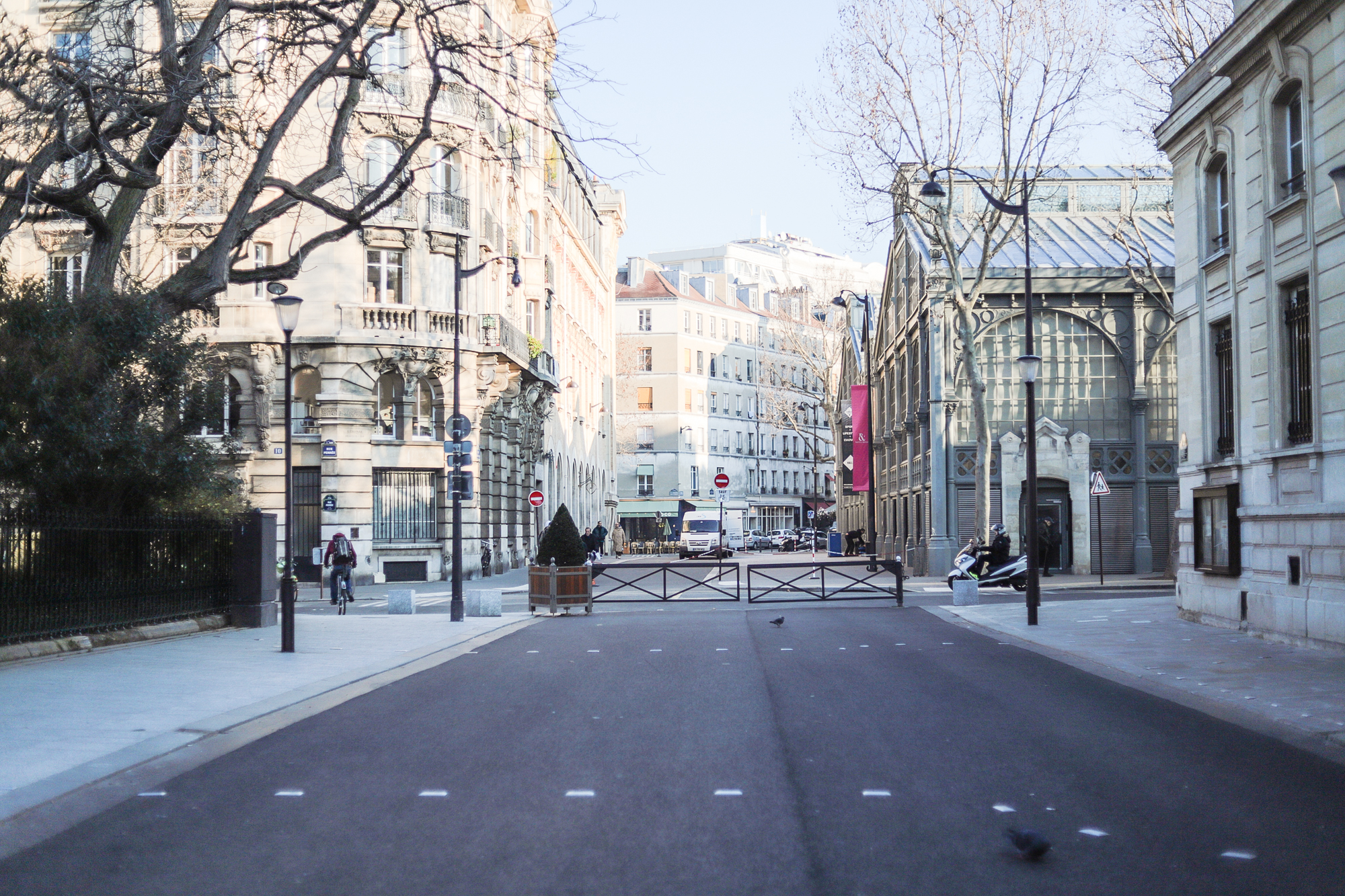
The detention of the royal family in what is today a fashionable and trendy district began on August 13, 1792. A month later, Louis was separated from his family. He is installed, in relative comfort, on the second floor of the Great Tower, where he occupies four rooms with barred and blocked windows. The walls are covered in yellow fabric.
Marie-Antoinette and the children occupy the third floor where the walls are covered in green. During her trial the following year, the Austrian was the subject of odious slander: she was accused of having engaged in acts of pedophilia against her son Louis XVII during his detention at the Temple! In reality, the dignity of the royal prisoners was exemplary from start to finish.
On July 21, 1793, Louis Capet, that is to say Louis XVI, was taken to the scaffold, Place de la Révolution (today de la Concorde). In August the “Widow Capet” was transferred to the Conciergerie on the Ile de la Cité, in turn guillotined in the same place as her husband, on October 16, after an unfair trial.
The dauphin Louis XVII, suffering from tuberculosis, died at the age of 10 in his dungeon at the Temple in June 1795 after three years of captivity.
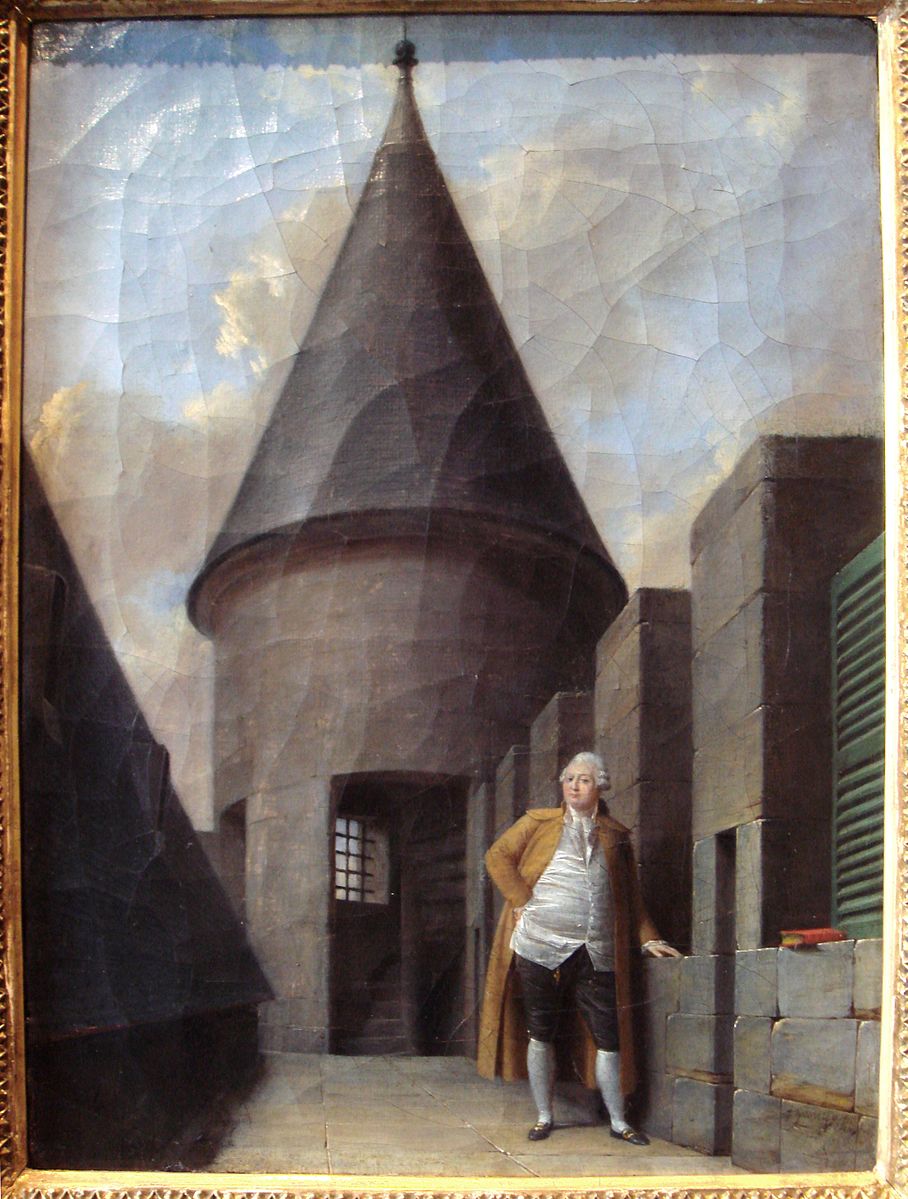
Louis XVI at the Temple Tower, Jean-François Garneray (1755-1837)
Today, nothing remains of this tragic story. In 1808, Napoleon ordered the destruction of the Temple, in order to prevent it from becoming a place of pilgrimage for monarchists. Apart from a square and the name of a metro station, Temple, no trace of the ancient site remains.
Rue Eugène Spuller, in front of the town hall, silver paving stones mark the location of the Temple Tower. At the corner of Dupetit-Thouars and Gabriel Vicaire streets, on the surrounding wall of a nursery school, a map of the neighborhood allows you to better understand the layout of the buildings in the pre-revolutionary era. The revolutionaries and their successors have made a clean sweep of this past.
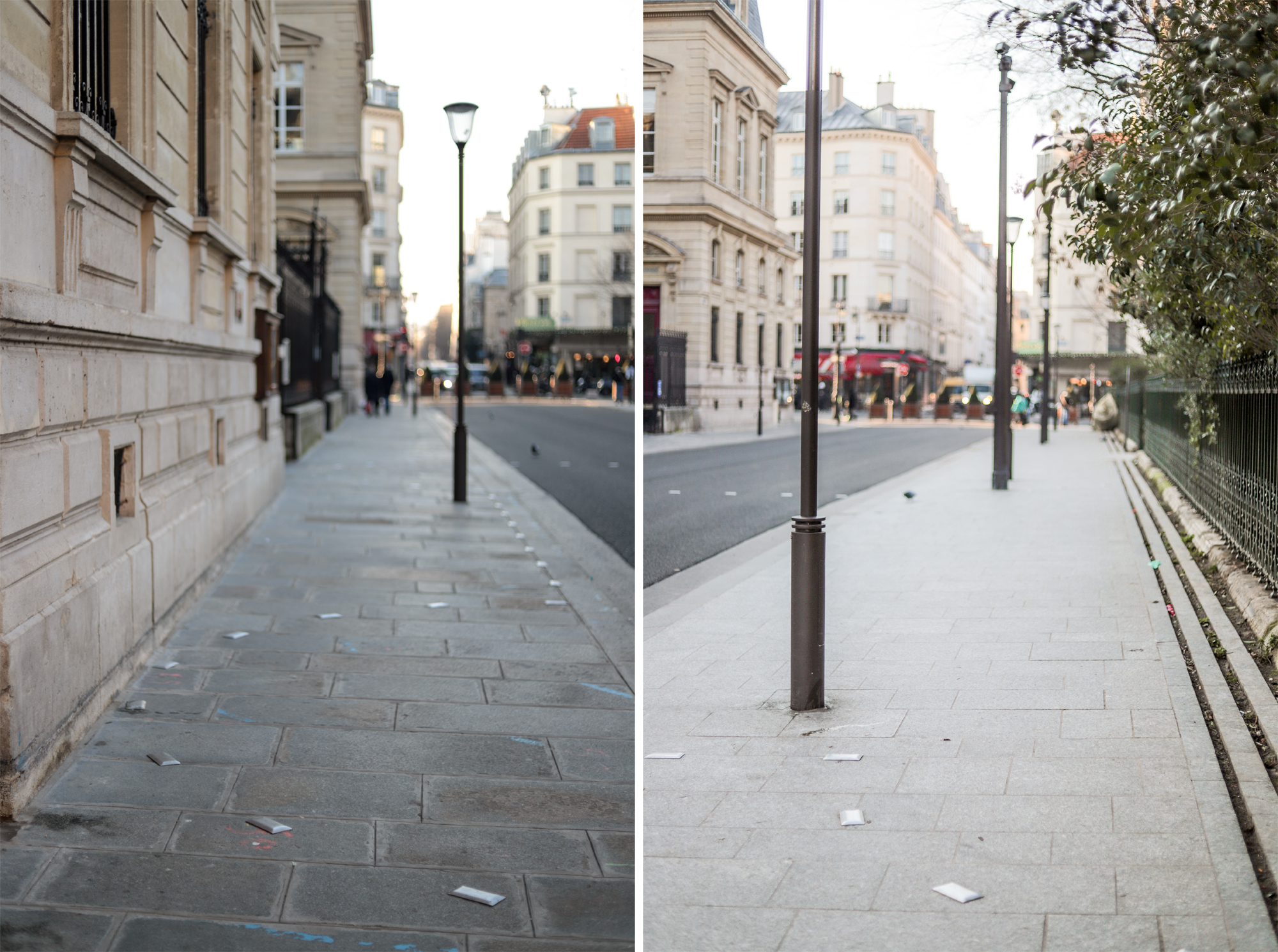
The dungeon of the Temple of Paris known as “The Big Tower”, ©Temple of Paris
Text: Ella David and Axel G.
Photos: ©Anaïs Costet
Video: ©Temple de Paris
21.01.19
FOR PASSIONATES OFUS
Victor Hugo, the writer with a thousand talents
Born in 1802, Victor Hugo became a social writer, a playwright, a poet, a novelist and a romantic designer. Nicknamed the man-ocean then the man-century, he is a political figure and a committed intellectual. He found success with Notre-Dame-de-Paris in 1831 and with Les Misérables in 1862.
Juliette Drouet actress, muse and mistress of Victor Hugo
At 14 rue Sainte-Anastase, from 1836 to 45 and at 12 from 1845 to 48, a few hundred meters from Place des Vosges, lived the muse and lover of Victor Hugo, Juliette Drouet née Julienne Gauvain.
Rue Vieille-du-Temple: the fabulous construction site restarts
A luxury hotel will be created at the end of the work. On the ground floor, the old stables and carriage houses will house the restaurant on the large courtyard, while the first courtyard, on rue Vieille-du-Temple, will feature two businesses continuing its 19th century layout.
NOW ON THE MOOD MARSH
Victor Hugo, the writer with a thousand talents
Born in 1802, Victor Hugo became a social writer, a playwright, a poet, a novelist and a romantic designer. Nicknamed the man-ocean then the man-century, he is a political figure and a committed intellectual. He found success with Notre-Dame-de-Paris in 1831 and with Les Misérables in 1862.
The best tattoo parlors in Marais
Tattooing, an age-old practice, has long been the prerogative of convicts, dock workers, the underworld and sailors. Although it has become democratized, now affecting all profiles and concerning one in five French people, including 16% women compared to 10% men, it still remains taboo due to its definitive and transgressive nature.
Juliette Drouet actress, muse and mistress of Victor Hugo
At 14 rue Sainte-Anastase, from 1836 to 45 and at 12 from 1845 to 48, a few hundred meters from Place des Vosges, lived the muse and lover of Victor Hugo, Juliette Drouet née Julienne Gauvain.

